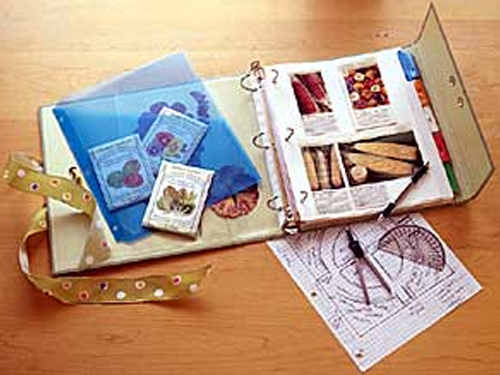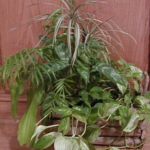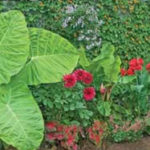Now is a good time to think about this year’s indoor gardening goals. To help with the planning process, consider starting a garden journal. It’s likely to become the most useful garden book you’ve ever owned.
For several years I’ve kept a garden journal. I record information such as when I fertilize, prune, mulch, repot and acquire plants. For plants that flower and fruit, I jot down when they do so throughout the year.
While I could live without my journal, and my indoor garden would undoubtedly grow on without it, I often find it useful and interesting to peruse. Your own horticultural records build your awareness of what goes on with your houseplants over time, getting you focused on what you’ve done and what you still want to do.

Take the time to start a garden journal and you’ll probably find it has immeasurable benefits. These invaluable gardening tools help you learn from your successes and mistakes. They also take the burden off overworked memories. No need to remember what fertilizer you used on your African violets to make them
bloom profusely–your garden journal will tell you all about it.
Don’t let starting a garden journal intimidate you. You don’t need anything fancy. You actually want your garden journal dirty–otherwise it’s like a cookbook without splatters. Entries can be as simple or elaborate as you want. A brief note about how the low light and short days of January are affecting your houseplants will give you important information in years to come.
On April 15, 2003, I wrote: Repotted both bird of paradise in organic potting soil with additional pumice and worm castings. Plants were rootbound–happy to get out of cramped pots. May 28th: Bird of paradise showing signs of being established. They look ecstatic and ready for summer!
On January 15, 2004, I wrote: Blasted mealybugs on arrowhead vine with alcohol spray. Will do another spraying in two days. Those little white, furry creatures are so annoying!
Some things to include in your own garden journal:
* Information on work you’ve done in the garden, including planting, seeding, fertilizing, mulching and pruning.
* Vital statistics on plants you’re growing–height, spread, foliage characteristics, flower color and blooming season. Pictures of plants and how they look under ideal conditions.
* Basic information about your indoor garden such as light exposure, drafty areas and ceiling height.
* Plants that perform well for you and those that don’t.
* Information on plants seen in other indoor gardens that you want to grow and tips from other gardeners on growing them.
* Records of pest and disease damage, including when it occurs and on what plants. Information on effective treatments and when you apply them.
* Light conditions, including how they change throughout the seasons and any areas that require supplemental lighting.
* Notes from garden books and lectures; magazine and newspaper clippings.
* Indoor gardening plans and tasks you wish to accomplish. Plants you’d like to acquire.
* A diagram of your indoor garden, or of the garden of your dreams. Pictures of indoor gardens you admire.
* Photos of your own garden as it progresses, including good and bad times.
* Information on plant suppliers.
* Virtually anything about the garden that pops into your mind on any given day, including a brief mention of how pleased you are with a certain plant’s growth.





